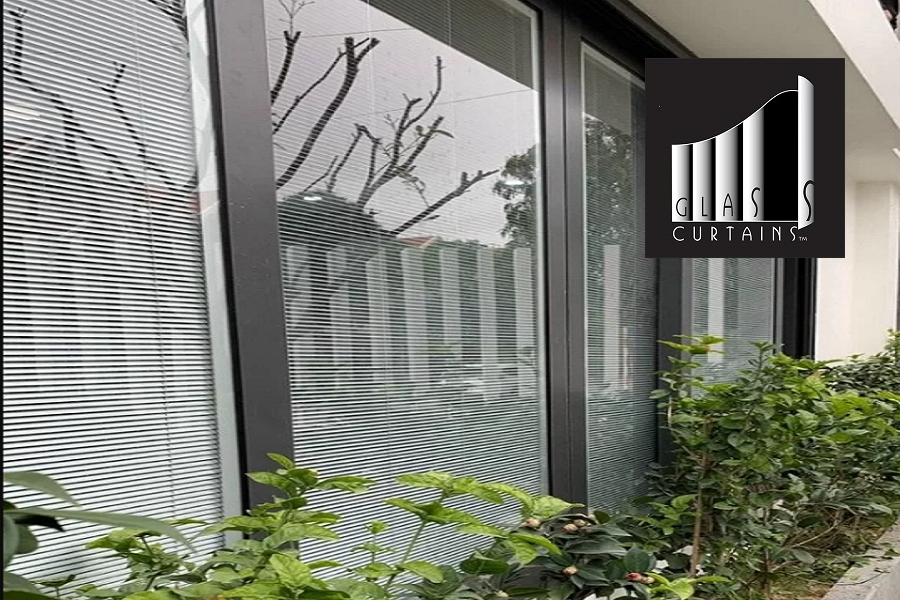Glass Curtains Vietnam
Glass curtains, also referred to as frameless glass windows or folding glass doors, have seen a significant rise in popularity within contemporary architectural design. These innovative structures are characterized by their lack of traditional frames, which allows for large, uninterrupted expanses of glass. quangcaobinhduong.top share This design choice not only enhances the aesthetic appeal of a building but also offers a range of functional benefits that cater to both residential and commercial applications.
Introduction to Glass Curtains
One of the primary features of glass curtains from unit GlassCurtains is their ability to provide enhanced natural lighting. By maximizing the amount of sunlight that enters a space, these installations reduce the need for artificial lighting, thereby contributing to energy efficiency. Additionally, the unobstructed views afforded by glass curtains create a seamless connection between indoor and outdoor environments, making spaces feel larger and more integrated with their surroundings.
In residential settings, glass curtains can transform living areas by offering panoramic views and facilitating a fluid transition between indoor living spaces and outdoor patios or gardens. In commercial contexts, they are commonly used in storefronts, restaurants, and office buildings to create inviting, light-filled environments that attract customers and enhance employee well-being.
The aesthetic advantages of glass curtains are complemented by their functional benefits. They provide excellent thermal insulation and soundproofing, contributing to a comfortable indoor climate and reducing noise pollution. Furthermore, modern glass curtains are designed with durability and security in mind, featuring tempered or laminated glass that can withstand significant impact.
The history and evolution of glass curtains trace back to their initial use in European architecture, where they were first employed to create elegant and sophisticated spaces. Over time, their popularity spread to other parts of the world, including Vietnam, where they have become a favored choice in modern building design. This global adoption reflects the versatility and appeal of glass curtains, as they continue to redefine architectural standards and enhance the living and working environments of people worldwide.
The Rise of Glass Curtains in Vietnamese Architecture
The increasing popularity of glass curtains on page Glass Curtain in Vietnam can be attributed to several key factors, notably the country’s rapid urbanization and the evolving demand for modern living spaces. As Vietnam experiences significant economic growth and urban development, the architectural landscape is transforming to reflect contemporary design trends. Glass curtains, with their sleek and modern aesthetics, are becoming a preferred choice for both residential and commercial buildings. These structures not only embody modernity but also meet the practical needs of urban dwellers who crave natural light and open spaces.
Cultural and climatic factors also play a pivotal role in the adoption of glass curtains in Vietnam. The country’s warm, tropical climate makes maximizing natural light and ventilation essential for comfortable living. Glass curtains allow for expansive window designs that flood interiors with sunlight, reducing the need for artificial lighting and enhancing the overall ambiance. Additionally, the ability to open up entire sections of a wall with glass curtains helps facilitate airflow, creating a cooler and more pleasant indoor environment.
Several prominent buildings and projects in Vietnam have successfully integrated glass curtains into their design, setting a precedent for future developments. For example, the Landmark 81 in Ho Chi Minh City, one of the tallest buildings in Southeast Asia, features extensive use of glass curtains, enhancing its futuristic appeal. Similarly, the Bitexco Financial Tower, another iconic structure, utilizes glass extensively to create a striking visual impression while maximizing natural light.
Must-read article: Glass Curtains Laos
Local architects and builders are increasingly recognizing the benefits of glass curtains and incorporating them into their projects. However, there are challenges specific to the Vietnamese market that need to be addressed. The availability of high-quality materials is one such concern, as is the cost of importing these materials. Additionally, maintenance can be an issue due to the tropical climate, which can lead to wear and tear over time. Despite these challenges, the growing demand for modern, light-filled spaces suggests that glass curtains will continue to be a significant element in Vietnamese architecture.
